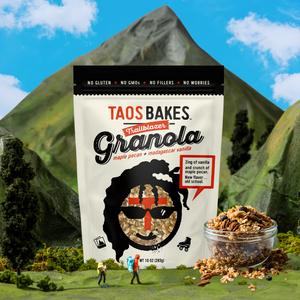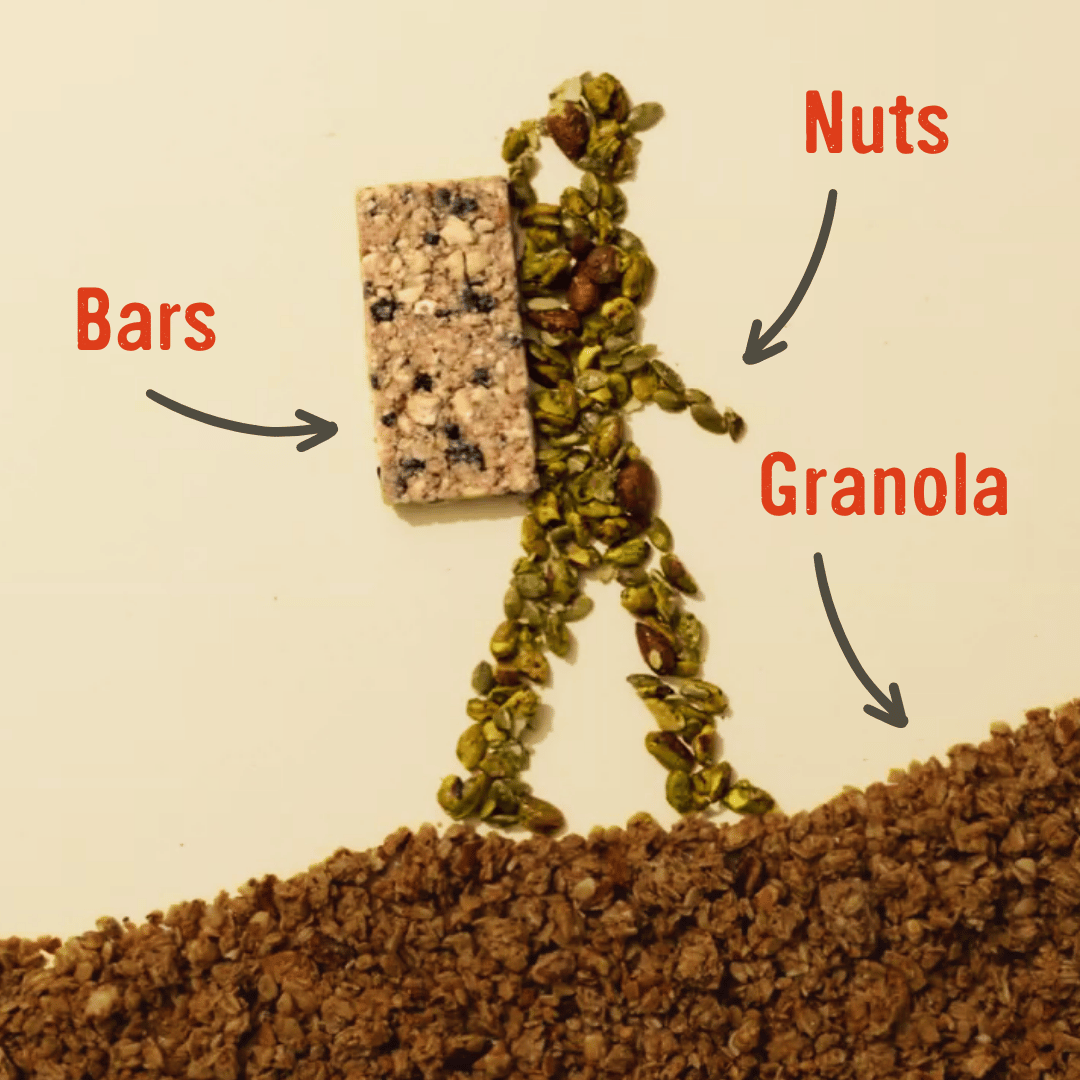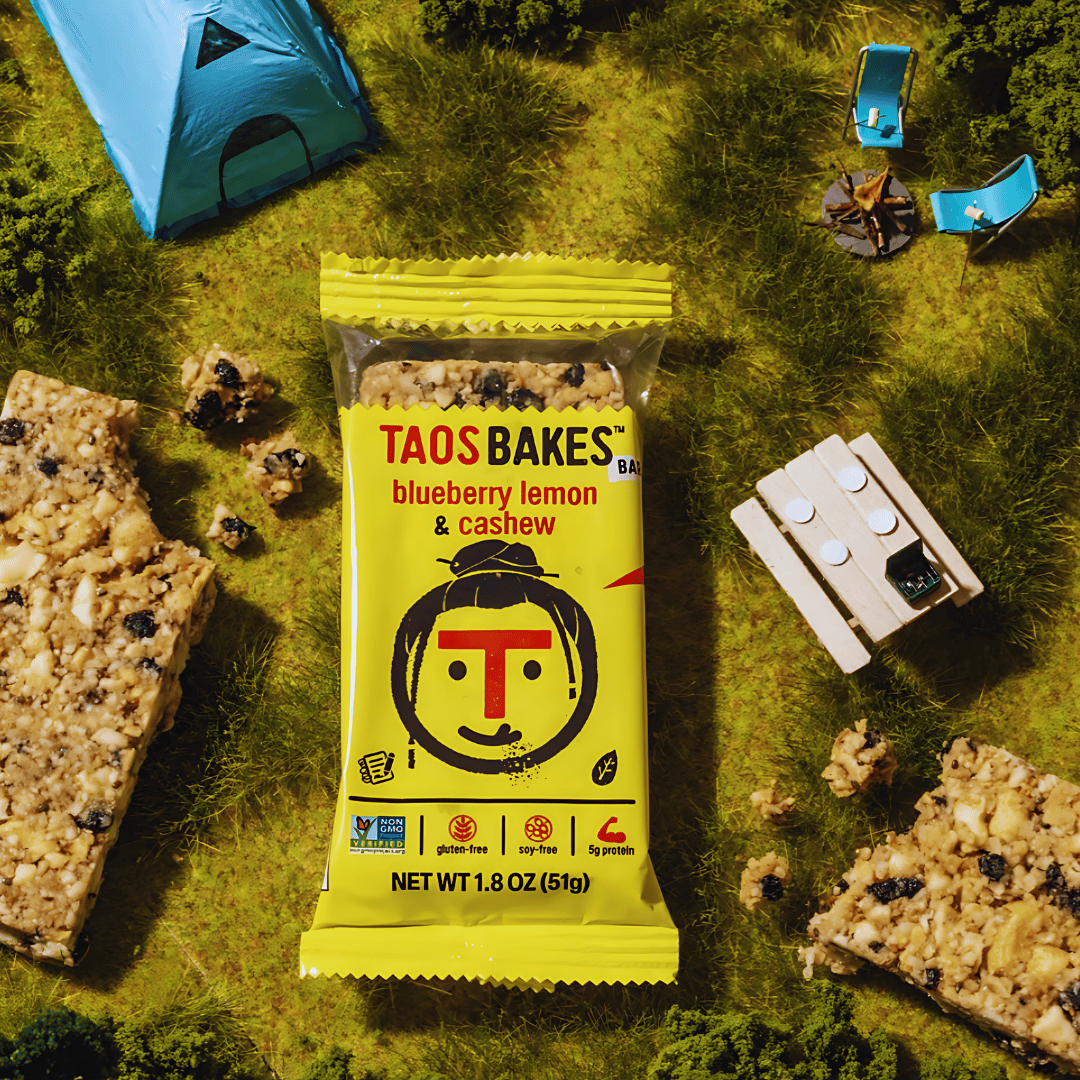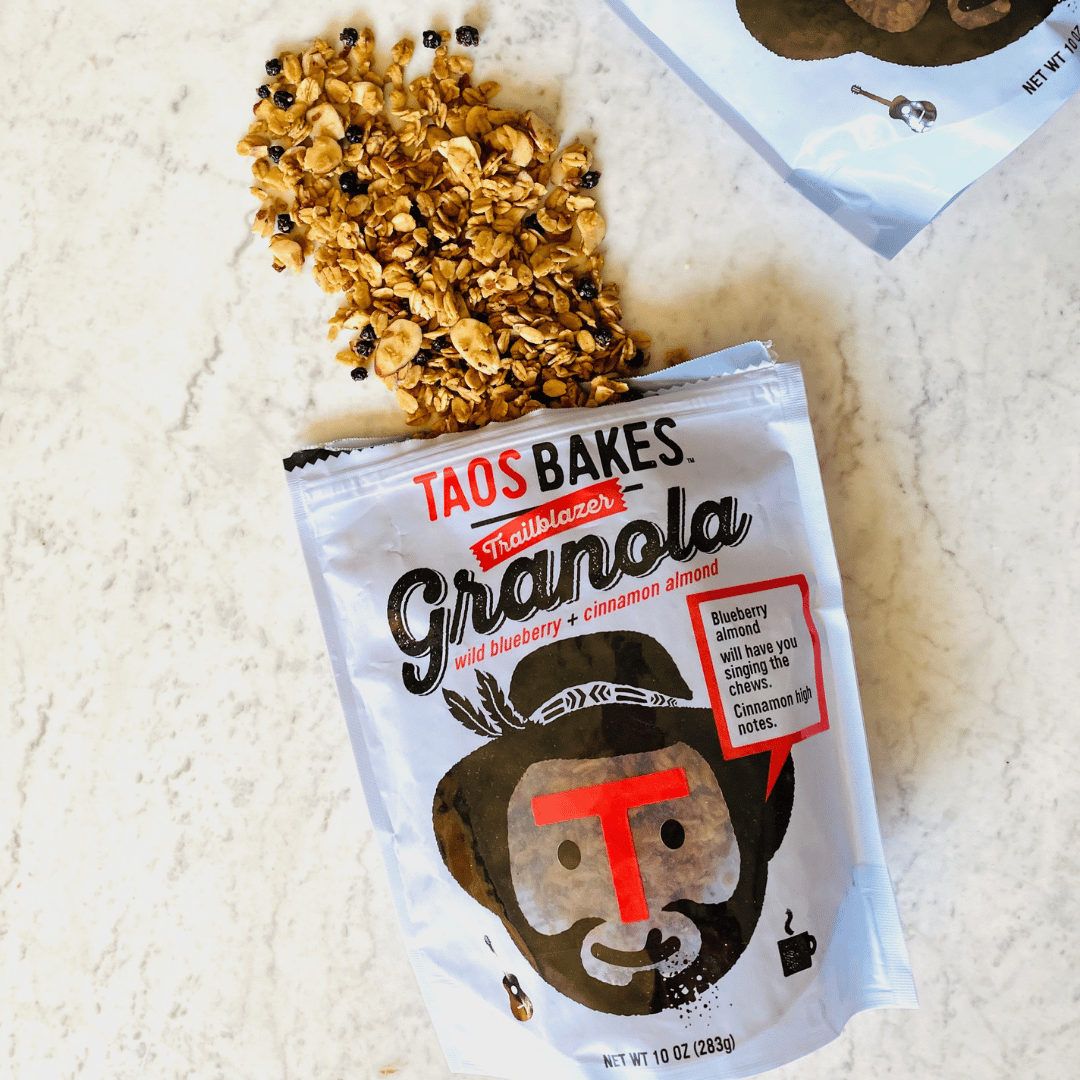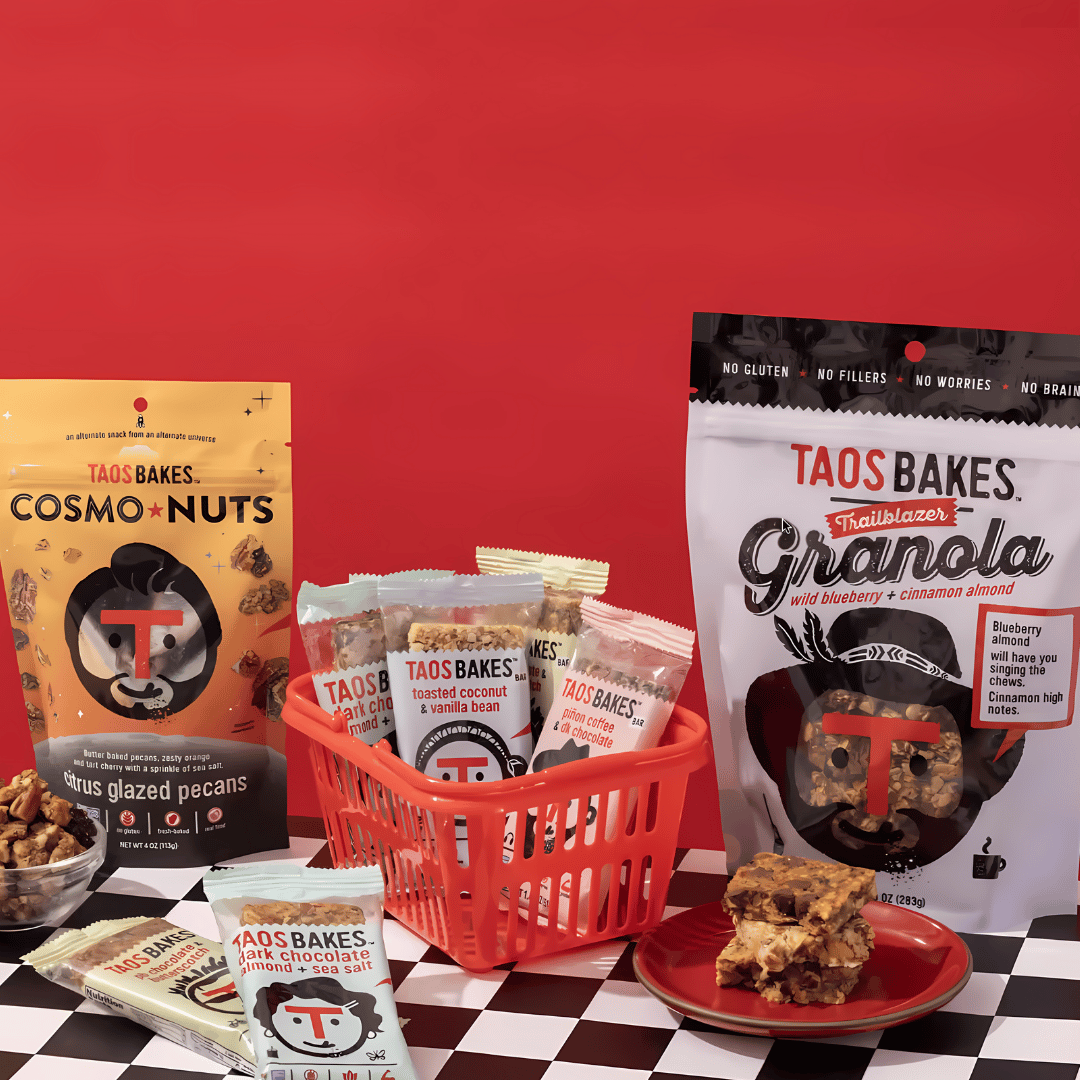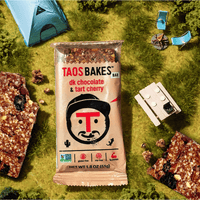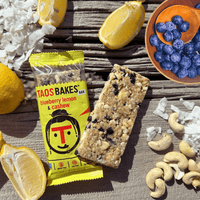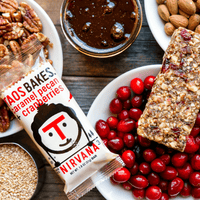What Should a Community Food Space Be?
Four years ago, farmers at a growers’ market in Albuquerque showed interest in an incubator kitchen—a place where they could test and develop food business ideas. Smack in the middle of these conversations was Anzia Bennett, who went on to help that community found Three Sisters Kitchen.
To make sure Three Sisters also served a wider audience, Anzia and the team talked with more than 2,000 people over two years to find out what a community food space should look like.
The answer they landed on? It should be everything from a test kitchen, to a place that offers food programs that span demographics and skill levels, to a training program for food entrepreneurs that lack resources, to a host space for evening markets. Anzia says, “Really, I knew I was all in from day one. Food connects us, and a healthy, local food system is core to building thriving communities.”

The Balanced Diet of Food Spaces.
Young, zealous, and ready to make a mark on Albuquerque, Three Sisters opened its doors August 24th, 2018. The team immediately launched with the Community Classroom and Community Dining Room, where participants learn to cook as they enjoy healthy, local ingredients around the table with other folks eager to learn.
Soon after, Three Sisters expanded to include its myriad of other programs including nutrition classes, family cooking classes, a food business training program, and events for home health care providers. The kitchen features almost daily classes and events, most of which are free.
One of Anzia’s favorite programs is their smartly-coined FreshRx, which is like a CSA, but serves families that need better access to healthy food. Three Sisters partners with community organizations to pinpoint households that suffer the realities of food insecurity, and sets the pickup locations to be accessible by foot or by bus.
The heartbeat of Three Sisters is of course their relationships with local farmers and producers. This program connects 33 homes a week to free, fresh produce—and creates consistent income for small farmers. Income with a purpose.
Anzia says, “I love that families get to meet the farmers growing their food, and can learn easy recipes to feel more confident taking control of their nutritional health. A program like this reduces the stress of everyday life, and we get to support families in their efforts to eat fresh, local food.”

Fail, then Fail Better.
Over time, Anzia has learned the value of experimentation. For many food entrepreneurs, creating a new recipe or finding a market is not easy. Without capital, a “failed” experiment means the end of a dream; the end of a business. This is another area where Three Sisters is providing incredible value for the community. They raise funds to train entrepreneurs who are developing products for retail sale—products like salsa, spice rubs, and meal kits.
Participants in Three Sisters’ 15-week training program for food entrepreneurs are given ample opportunity to experiment in a shared space with a variety of ingredients, equipment, and, available tools. They’ve got a chance to learn that failure is not the end, but a learning opportunity. Graduates of the program are also paired with local business owners, to gain consistent feedback and mentorship.
“With a program like this, there’s immediate return for the community, with the creation of high quality local food businesses and good jobs. These new food producers can bring a higher level of craft, and more viable product concepts to their customers.”

Going forward, Anzia and Three Sisters hope to build connections with more local food businesses, and increase the number of resources available to the community.
“Passion around food and land have always been strong in New Mexico. We hope to create values-driven food businesses, that lead to a thriving local economy and solid careers, as we share and celebrate our food traditions with the wider community. ”







